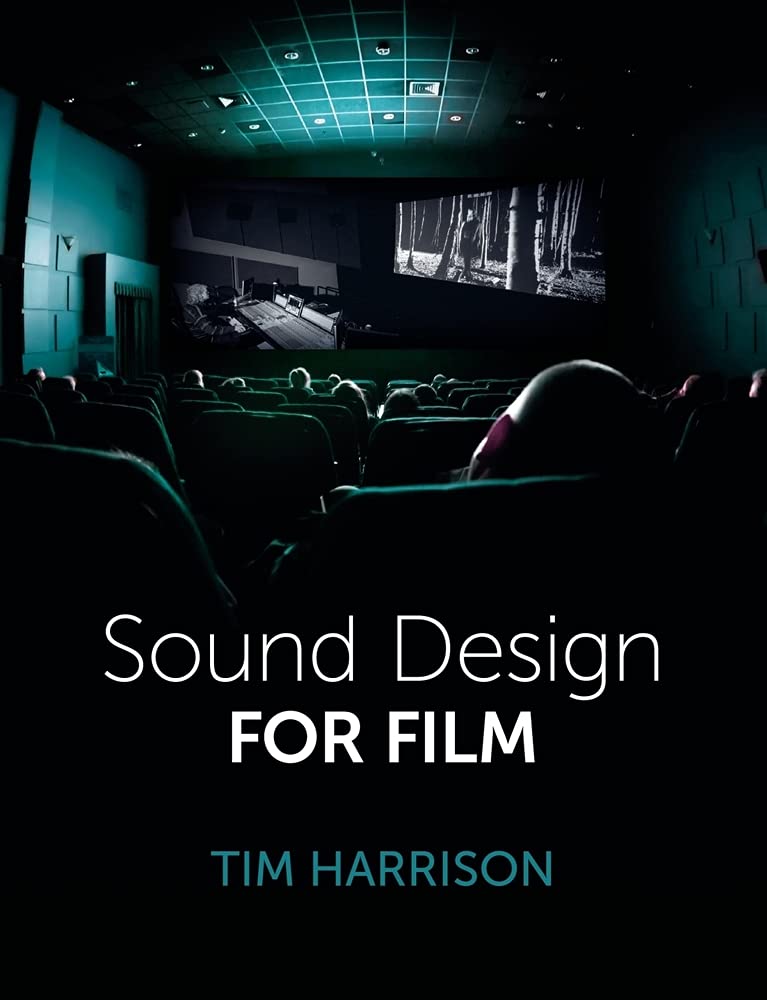Customer Services


Sound Design for Film
C**N
Listen Here!
Although I’m pretty competent with shaping the visual portion of motion pictures (film or video) in order to create a mood, I’m a little last certain when it comes to the audio portion. I can record accurate audio that sounds more or less like what you would hear if you were standing next to me. I have a hard time shaping the sound either at the time of recording or in post processing so that it sounds like anything but exactly what I heard. (It’s not always easy to do that, and I probably use more audio equipment for sound than the average person.)Using audio to shape the response of a viewer to a movie is the arena of sound design. Harrison deals with sound design mostly in broad generalities rather than the specifics I’ve come to expect of a writer who tells me about, say, lighting. He regularly points out that sound can affect the emotions of the viewer and, now and then, gives examples of movies where the sound may be more altered to create a certain feeling. On the other hand there is nothing as specific as, say, stating that music in a minor key may create a feeling that something is wrong. He does explain techniques like Foley (the creation of sounds in a separate environment that are later added to a movie) or ADR (Automated Dialog Replacement) where later recorded sound is used to replace speech recorded at the same time as visuals. There is even a short, nifty section on editing voice that I have never seen before that explains the shape of the mouth for different sounds that would help in editing voice to substitute words. The author shows a single chart from a source, although I would guess that there are plenty more. Unfortunately he never footnotes material from another source, so I would be hard pressed to find more of the same.The book is profusely illustrated, but most of the pictures appear to be more interesting as general comments on sound than helpful to understand how to shape sound.There is a tip of the hat to sound for documentary, but not much more. A lone-wolf movie-maker will have to infer sound design techniques from the way the big guys do it.Perhaps I’m chasing a will of the wisp. I started looking for more specific help with sound design years ago. I’m starting to think that much of sound design is instinctive and unique to the situation and the creator. While I didn’t learn anything new from this book, I will admit that I found it inspirational. If you’ve already read one book that tells you what sound design is, but not how to do it, you probably don’t need this book. If you haven’t read such a book, this one might inspire you.
A**H
Wonderfully informative
Well written and wonderfully informative.
K**O
Great price for value!
This book really goes under the hood to expose the "ideologies" of building a cinematic soundscape.It explains many sound design concepts you've heard and admired on many films you love.
D**H
A really useful book.
I bought this book to support my learning in a Masters degree course. Tim Harrison writes in a very clear concise style which explains the hows, whys, and wherefores of sound design for films. It has cleared up some confusions I had and expanded on many topics that I’m interested in.I think it’s great for any sound design student’s library, and would make a fantastic addition for anyone interested in the nuts and bolts of film-making or post-production.
Trustpilot
2 weeks ago
1 month ago